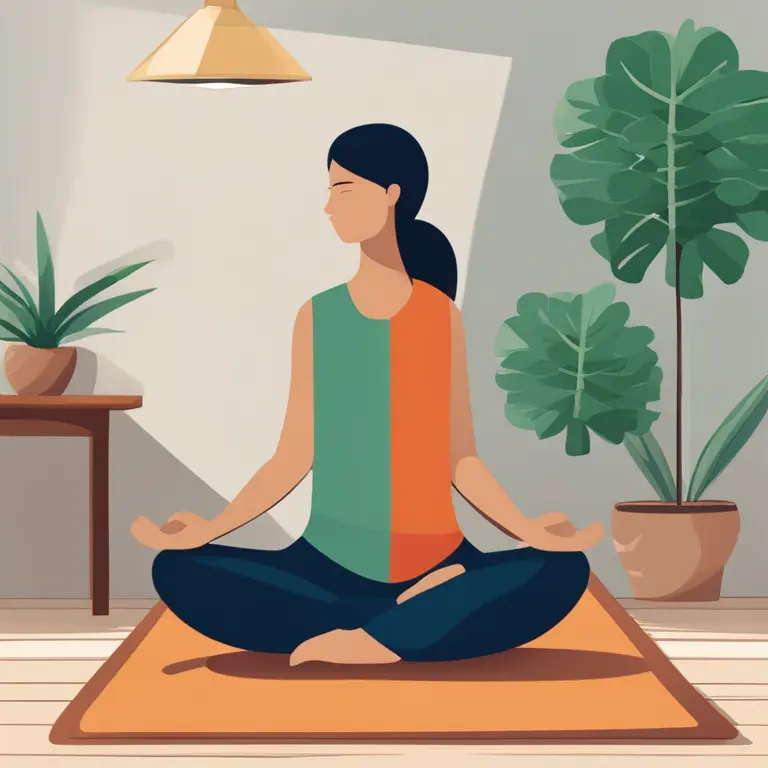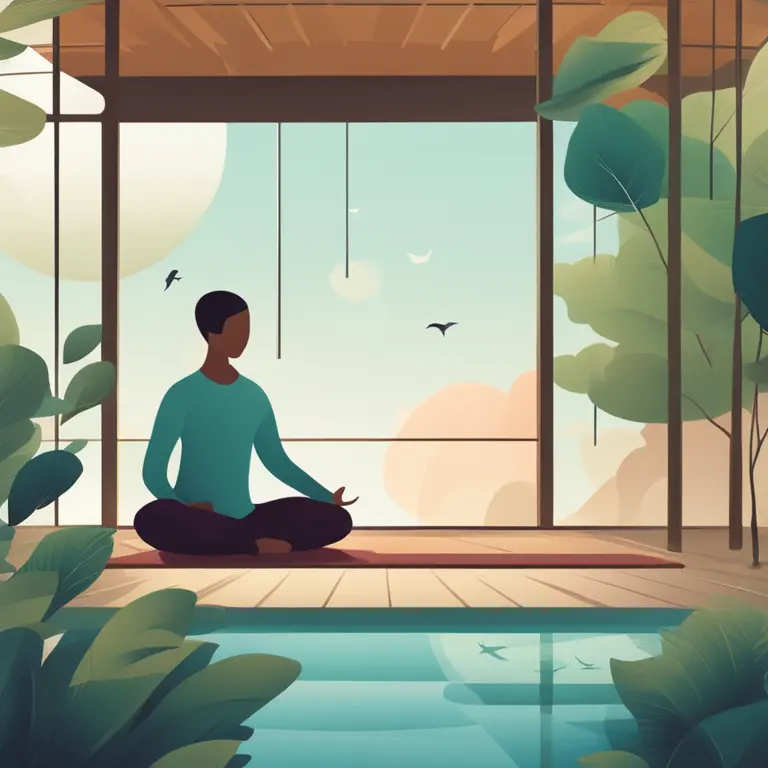
Beginner's Guide to Starting Meditation
Learn the essential steps to embark on a meditation journey, perfect for beginners seeking mental clarity and inner peace.
article by Hina Kurosawa
Introduction to Meditation
The practice of meditation has been a cornerstone in various cultures for centuries, offering a path to tranquility and heightened self-awareness. As we advance into 2024, the timeless techniques of meditation continue to be a refuge for those seeking solace amidst the clamor of modern life. Starting meditation can appear daunting, but with simple, deliberate steps, anyone can embark on this transformative journey. Here, we outline practical guidelines to introduce you to the art of meditation, making it accessible, enjoyable, and profoundly beneficial.

Creating a Conducive Space
Your meditation environment plays a key role in cultivating a state of focus and relaxation. Choose a quiet, clean, and comfortable spot in your home, one where distractions are minimized. Soft cushions or a dedicated meditation chair can enhance comfort, allowing you to maintain a seated posture for longer periods. Natural elements like plants or gentle sounds from a water feature can also promote a serene atmosphere. The goal is to create a physical space that resonates with tranquility, inviting you to return regularly.

Scheduling Meditation Sessions
Consistency is paramount when building a meditation routine. Starting with as little as 5 to 10 minutes a day can be effective, gradually increasing the time as you become more accustomed to the practice. Choosing a specific time of day, such as early morning or before sleep, can anchor your habit, making it easier to maintain. Consistent practice reinforces the benefits of meditation, such as enhanced focus, reduced stress, and greater emotional equilibrium.

Adopting a Meditation Posture
While there is no one-size-fits-all approach to posture in meditation, the basics include sitting with a straight spine, relaxed shoulders, and a level head. Hands can rest comfortably on your knees or lap. Keep your eyes gently closed to minimize visual distractions. If sitting on the floor is difficult, a chair is a perfectly acceptable alternative. An ergonomic or specifically designed meditation cushion can also aid in maintaining the proper alignment.

Focusing Your Mind
One of the central aspects of meditation is learning to focus your mind. Beginners might start with mindfulness meditation, which involves paying attention to your breath as it enters and exits your body. When your mind wanders, gently guide it back to your breathing without criticism. This simple act of returning to the breath can significantly enhance your ability to concentrate and remain present. With time, focusing the mind becomes more natural and less forced.
Exploring Different Meditation Techniques
As you grow in your practice, you may wish to explore various meditation techniques. From guided visualizations to mantra-based or movement meditations like tai chi or yoga, there is a vast array of practices to discover. Each method offers unique benefits and experiences, so it's important to explore and find what resonates with your personal preferences and goals. Remember that the journey is as individual as you are; there's no right or wrong way to meditate.
Embracing Patience and Persistence
Like any skill, proficiency in meditation requires patience and persistence. Understand that it's normal to encounter challenges, such as restlessness or a busy mind, especially in the beginning. Approach your practice with kindness and refrain from harsh self-judgment. Over time, as meditation becomes a habit, you will notice subtle shifts in your reactions, emotions, and overall well-being. Celebrate these milestones and allow them to encourage your continued practice.
Published: 2/12/2024
Modified: 2/12/2024
More predictions
Come back here soon to learn more about yourself and your future


Meditation Explored: 10 Cutting-Edge Discoveries
Meditation, an age-old practice, has been undergoing a modern renaissance, with science diving deep into its mysteries. As researchers explore its intricacies, they continue to unveil fascinating facts that bridge ancient wisdom with contemporary discoveries.


The Benefits of Meditation Music
Discover the benefits of meditation music for enhancing mindfulness practices and spiritual alignment, while diving into the celestial influence on your inner peace journey.


The Impact of Meditation
Delve into the heart of meditation and its profound impact on mind, body, and spirit in our fast-paced world.